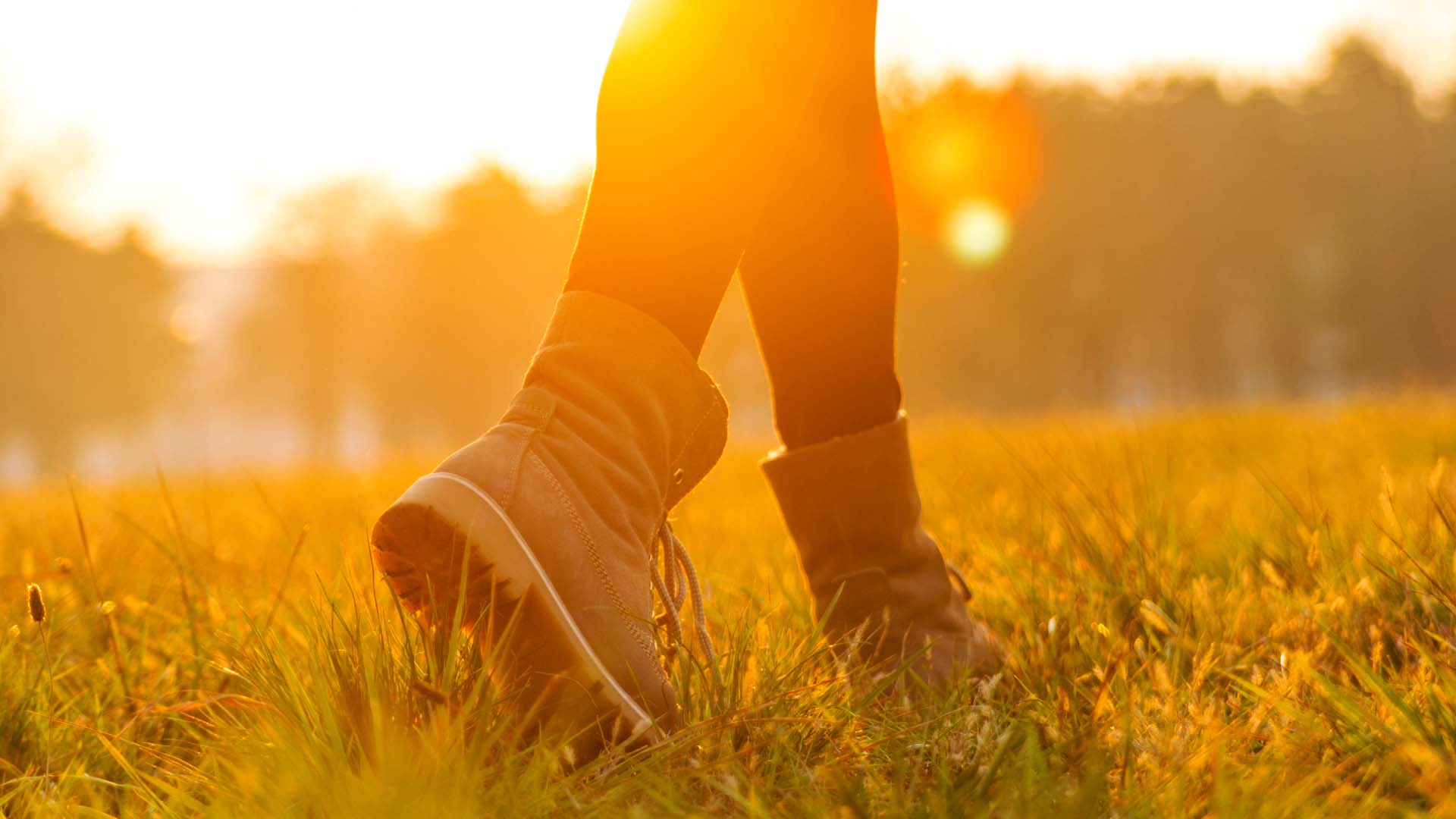The surprising link between calf muscles and dementia
Strong calves for a strong mind: how they support our circulation and brain health, with easy moves to strengthen yours at home.
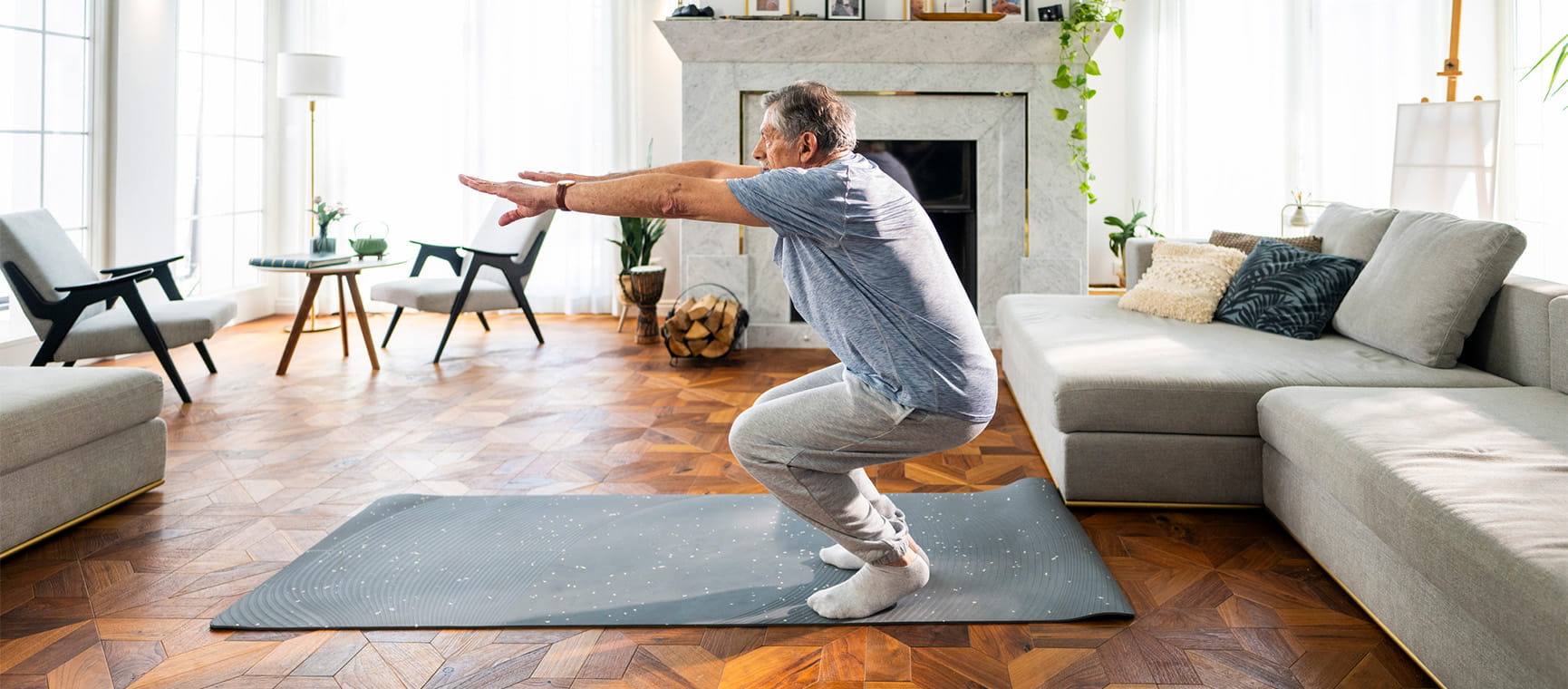
Strong calves for a strong mind: how they support our circulation and brain health, with easy moves to strengthen yours at home.

Keeping fit as we age is great for our health, and strength training has many benefits, including keeping us mobile, protecting bone density, and preserving lean muscle mass.
The link between physical health and overall health is well documented – exercise improves heart health, boosts metabolism and elevates mood, and new research now suggests that building strength in your calf muscles could even help lower the risk of dementia.
Calf muscles do a lot more than just help you walk. Located at the back of the leg, the calf is actually two muscles. The gastrocnemius lies closest to the skin, and the soleus sits underneath it. Calves perform the following functions:
It’s commonly known that regular exercise lowers your risk of dementia. But scientists have now found that stronger leg muscles – and particularly calf muscles – are a good sign of better brain health. In fact, some studies suggest that weaker calves could be linked to a higher risk of developing dementia.
This is because of how the body and brain are connected. When you move your legs (through exercise such as walking, running, or squats), the soleus pumps blood back up towards the heart and brain. This blood carries oxygen and nutrients, helping to keep the brain sharp.
If your calf muscles are weak then that pump isn’t as effective, meaning circulation slows down. Over time, this means the brain isn’t getting the oxygen-rich blood that it needs, which may affect how well it functions.
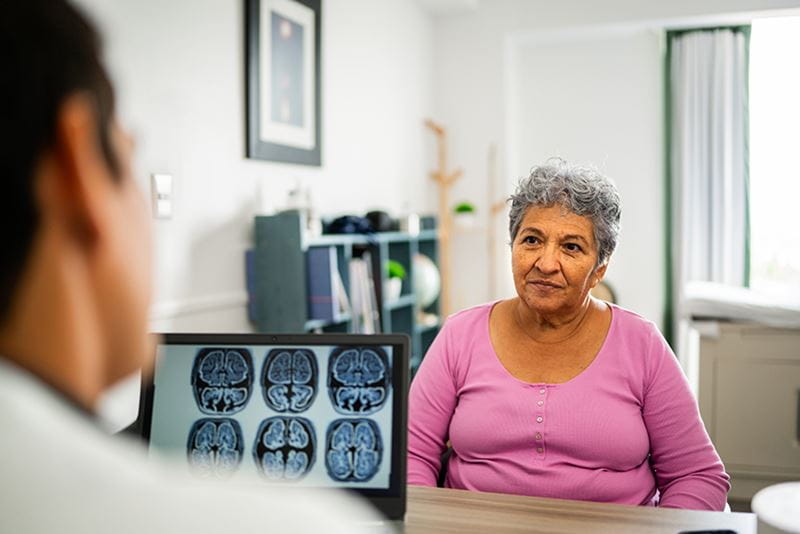
Our lean muscle mass starts to decline from about age 35 onwards. This process – known as sarcopenia – accelerates as we age and for women even more so as we go through menopause. It’s crucial to do some form of strength work on at least two days per week (as the NHS recommends) to combat this.
Better leg strength won’t just protect against general cognitive decline. Studies have shown that higher lean muscle mass in the legs and arms can reduce the risk of Alzheimer’s, and research has shown that older adults with stronger legs perform better on memory and thinking tests.
But leg strength also helps reduce blood pressure, since the soleus helps improve circulation, so the heart works more effectively. It also means we stay more mobile for longer – the legs contain large muscles capable of exerting a lot of power to help us get in and out of a chair, or off the toilet unaided, for example. Strong legs help prevent falls, reduce fracture risk, and long-term will improve our ability to continue walking unaided.
The good news is you don’t need to spend hours in a gym to build muscle. Any activity that keeps you moving and using your leg muscles can help, from gardening to daily dog walks.
The key is consistency. Doing small amounts of strength work for your legs a few times a week will make a huge difference. If the idea of an hour-long walk doesn’t appeal, then don’t do it. Do the vacuuming for ten minutes, then walk ten minutes to the shop later on, or try a short exercise video at home. Aim to:
Try these exercises at home to improve the function of the calf muscles. Aim for 10-12 repetitions of each, and to perform 2-3 rounds.
Becky Fuller is a fully qualified Personal Trainer, specialising in strength and conditioning for over 50s. Becky’s focus is helping people to become stronger both in body and mind, and to move well without pain.
Becky also has many years’ experience working as a freelance journalist.
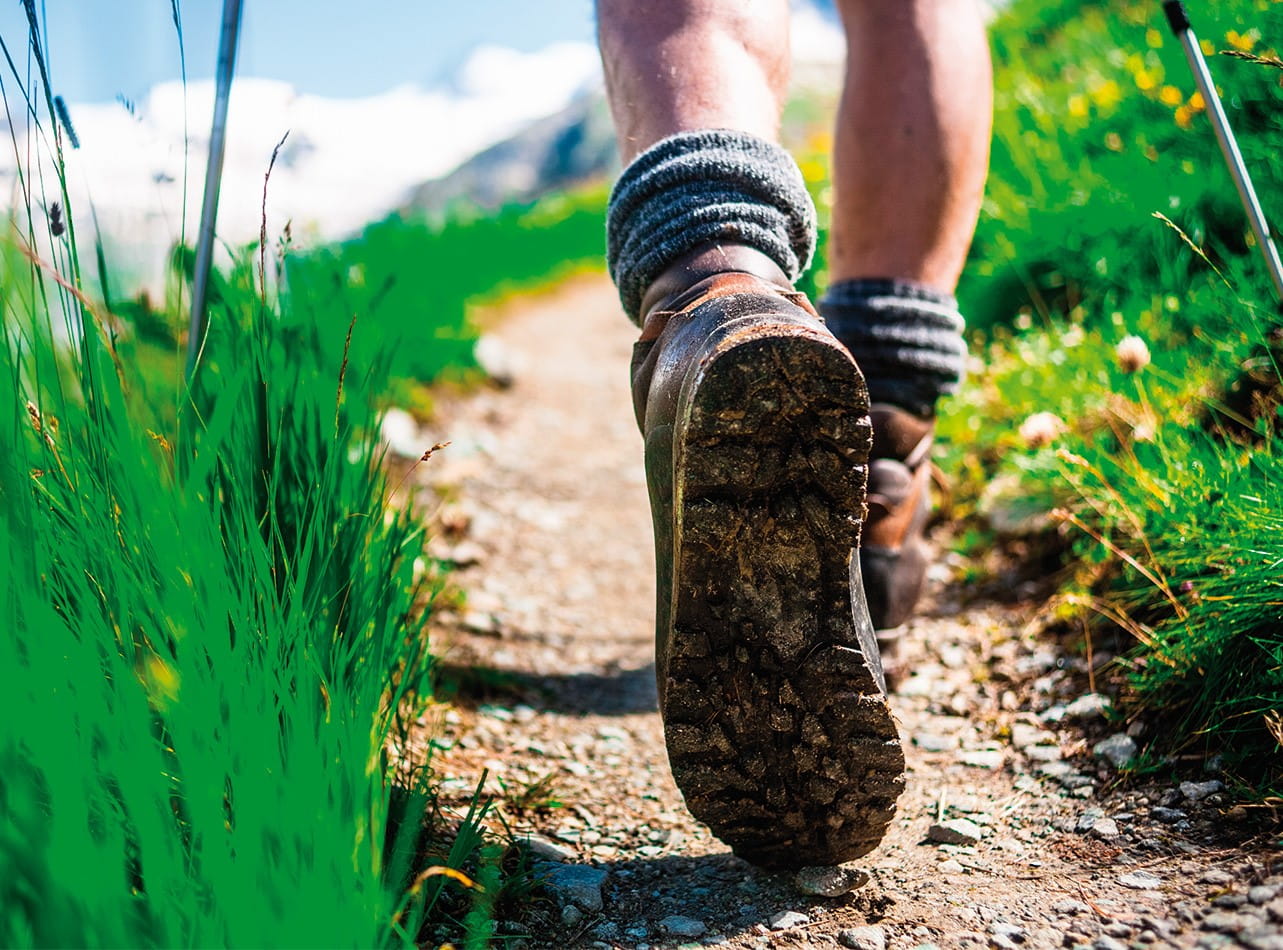
Find out about Saga’s walking holidays here…
Saga’s walking holidays are perfect for exploring Europe’s stunning destinations on foot. They’re suitable for all fitness levels and offer a well-balanced mix of guided walks and relaxation.
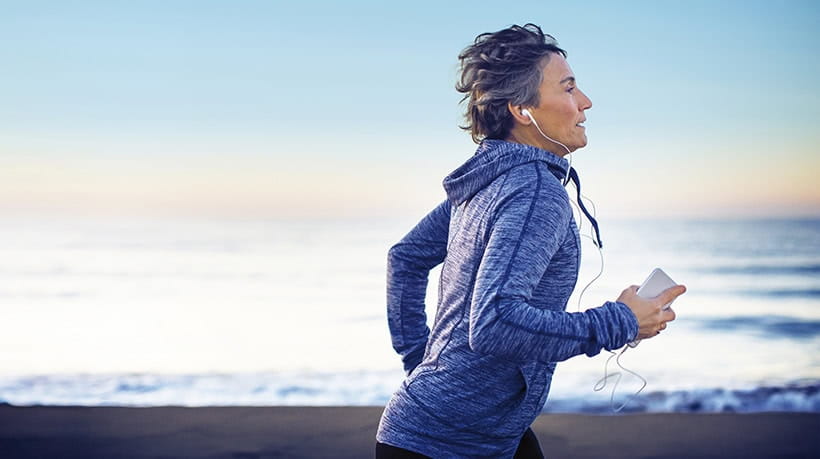
Health insurance for people over 50 that provides a quicker route to diagnosis and planned medical treatment in a private facility.
Underwritten by Bupa Insurance Limited.
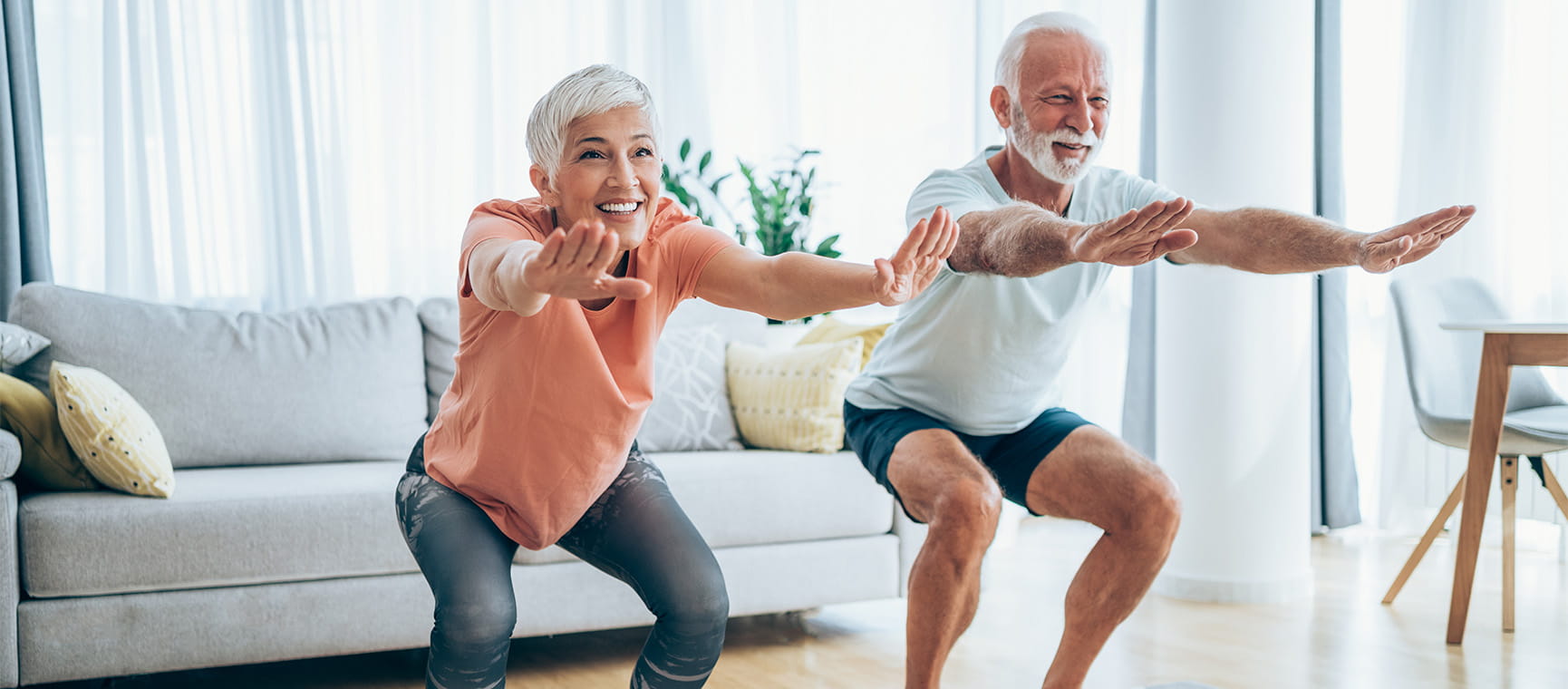
Personal trainer Louise Arnold reveals the expert exercise tips to support longevity.

As the cost of weight-loss injections rise, what are the alternatives? Experts offer advice on the best and safest ways to shed pounds.
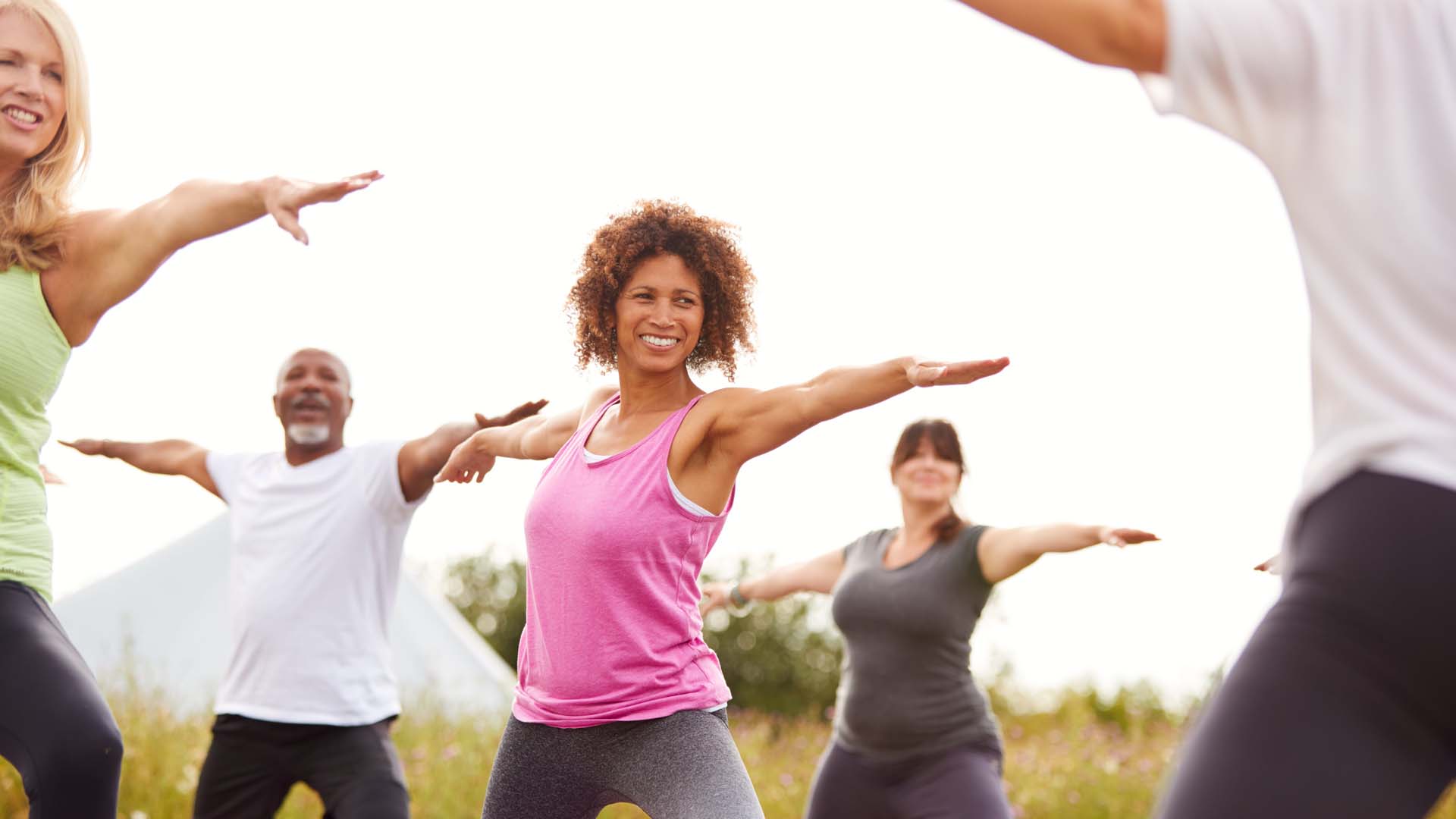
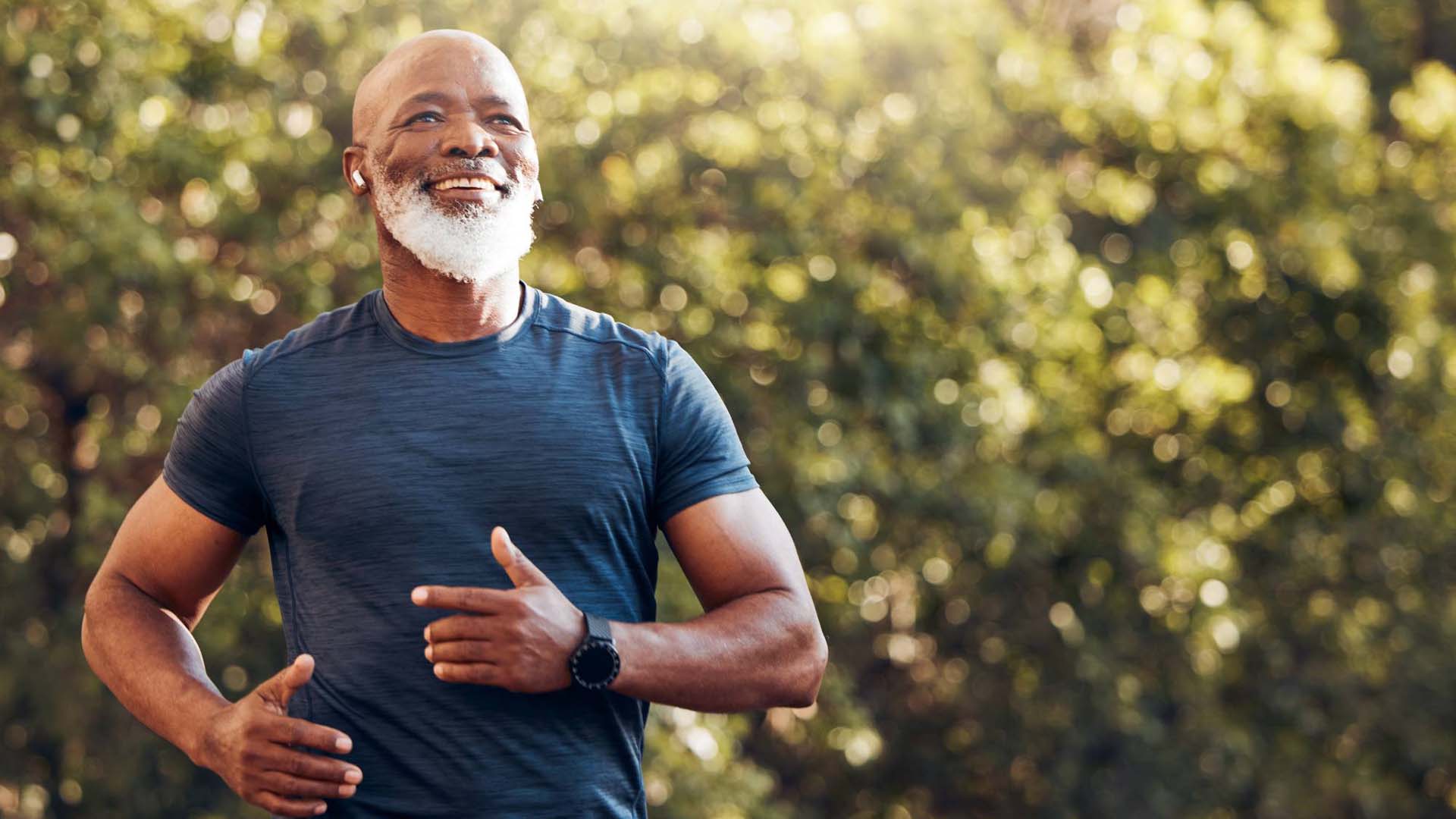
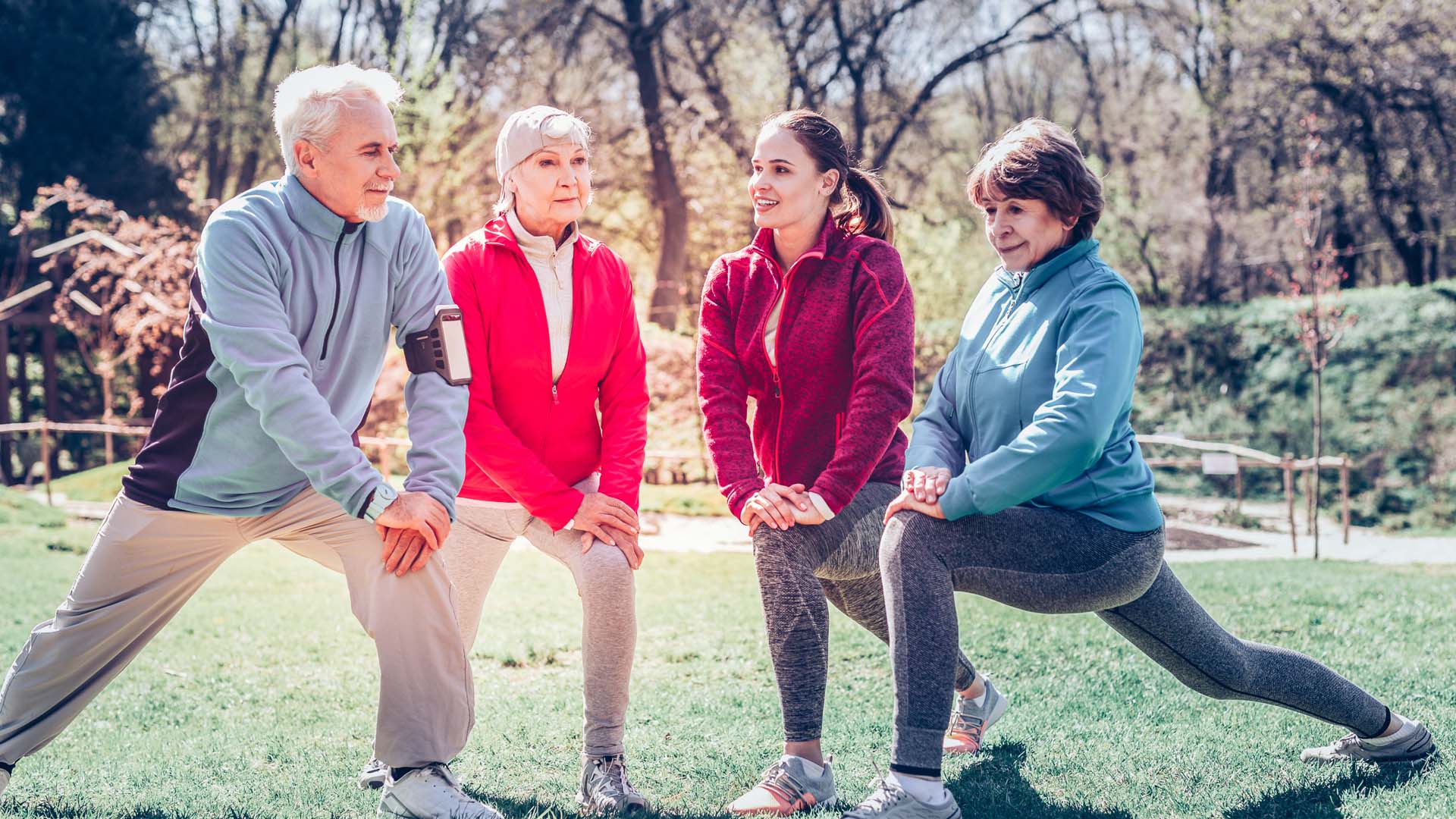
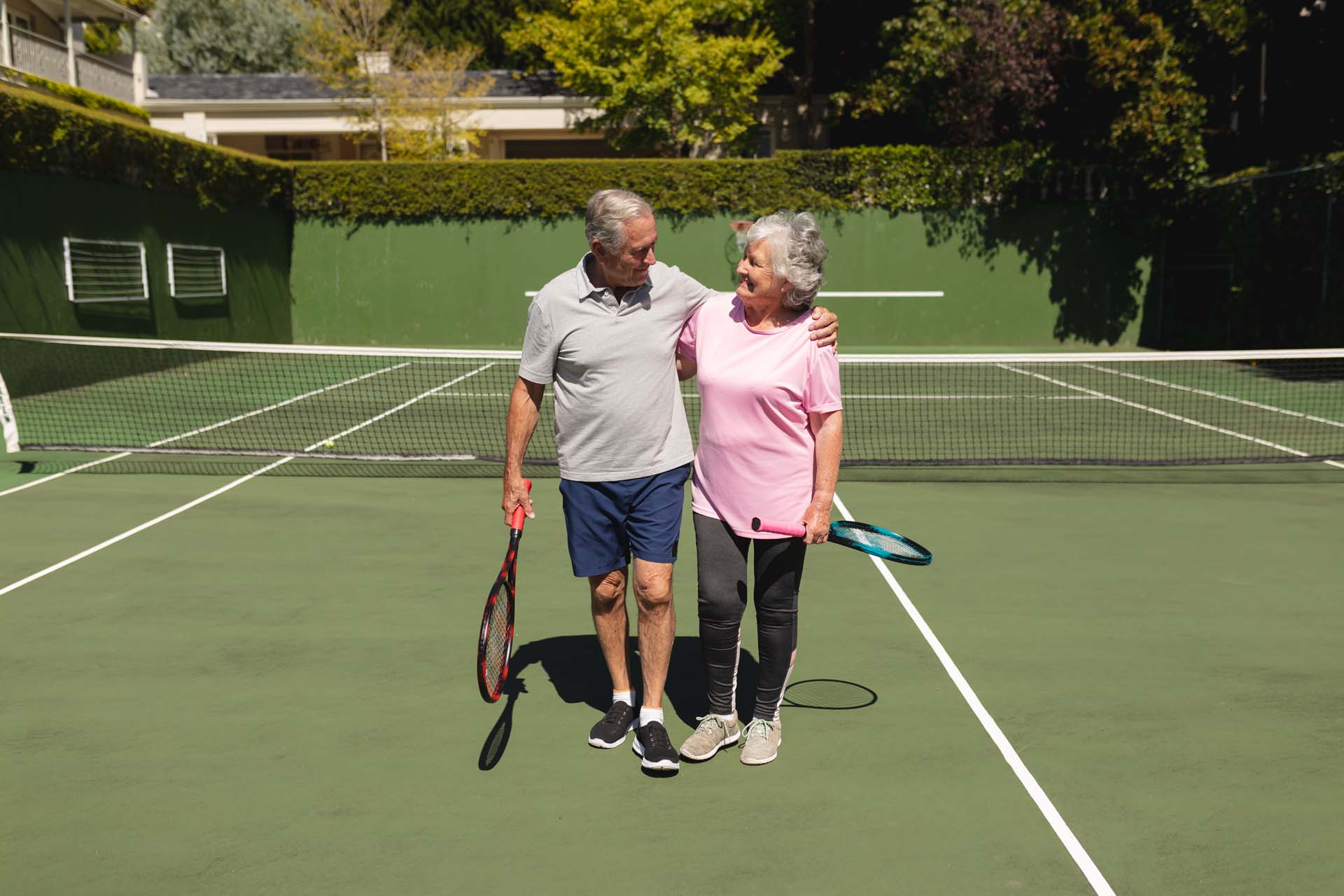
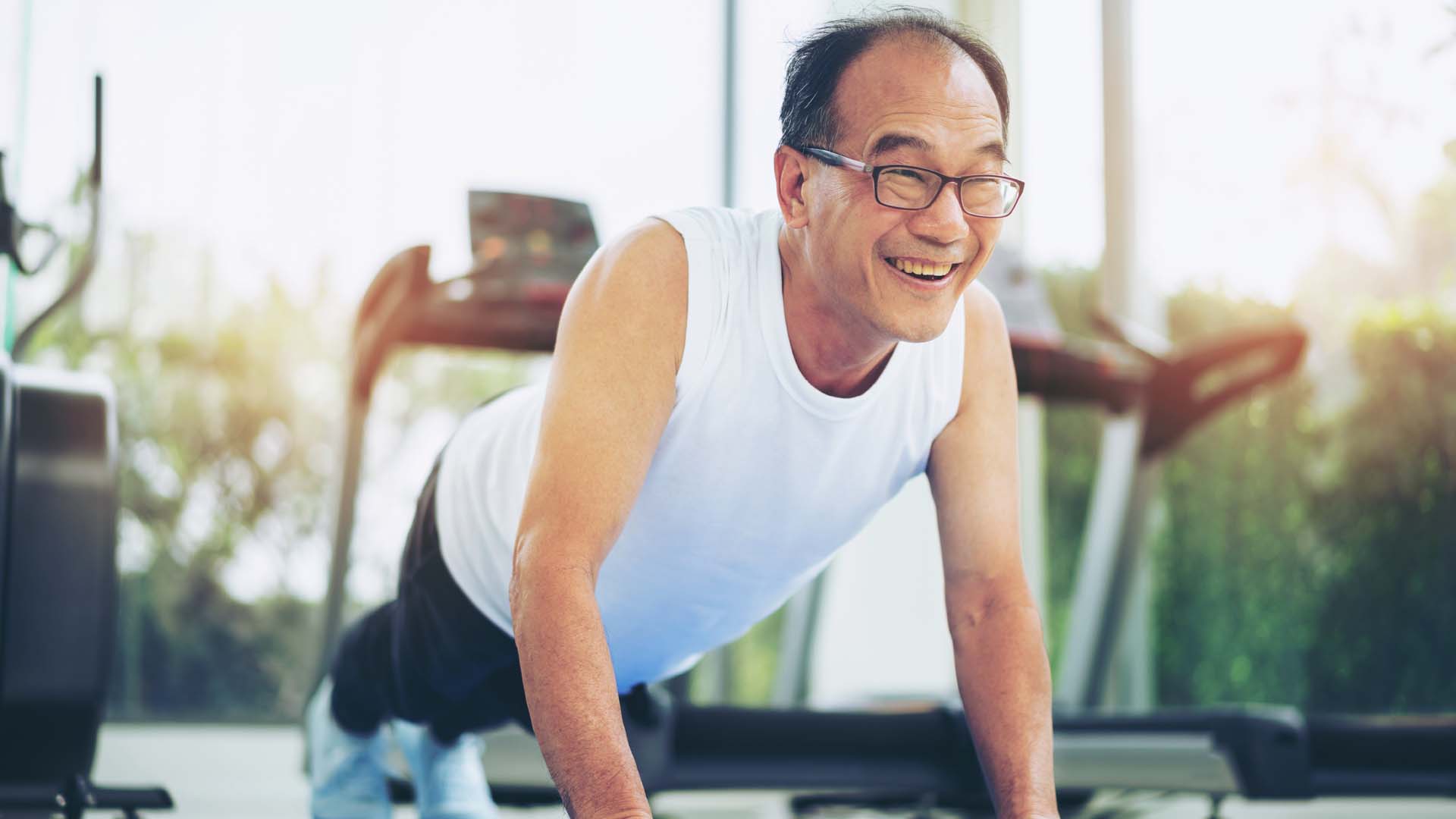
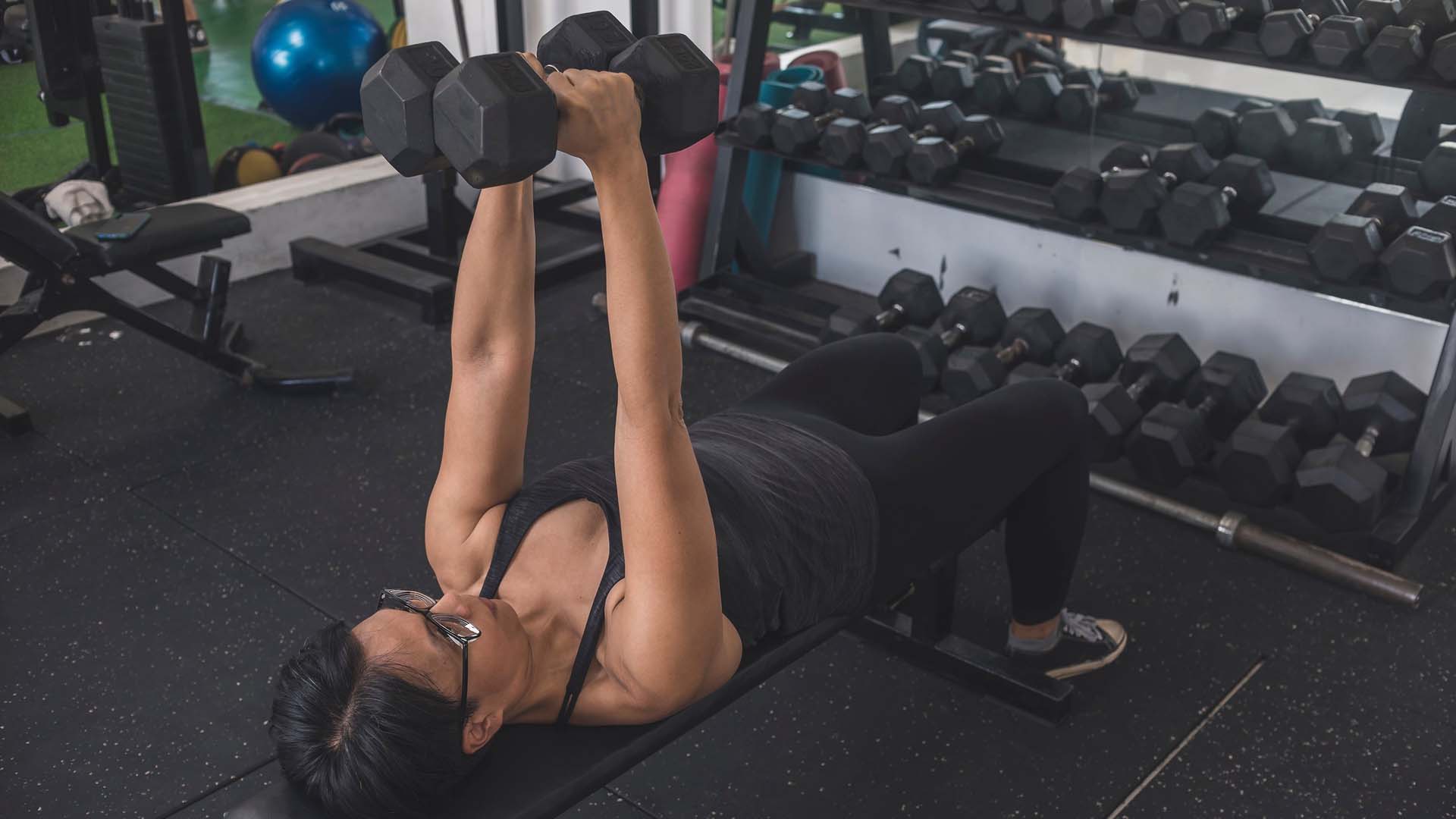
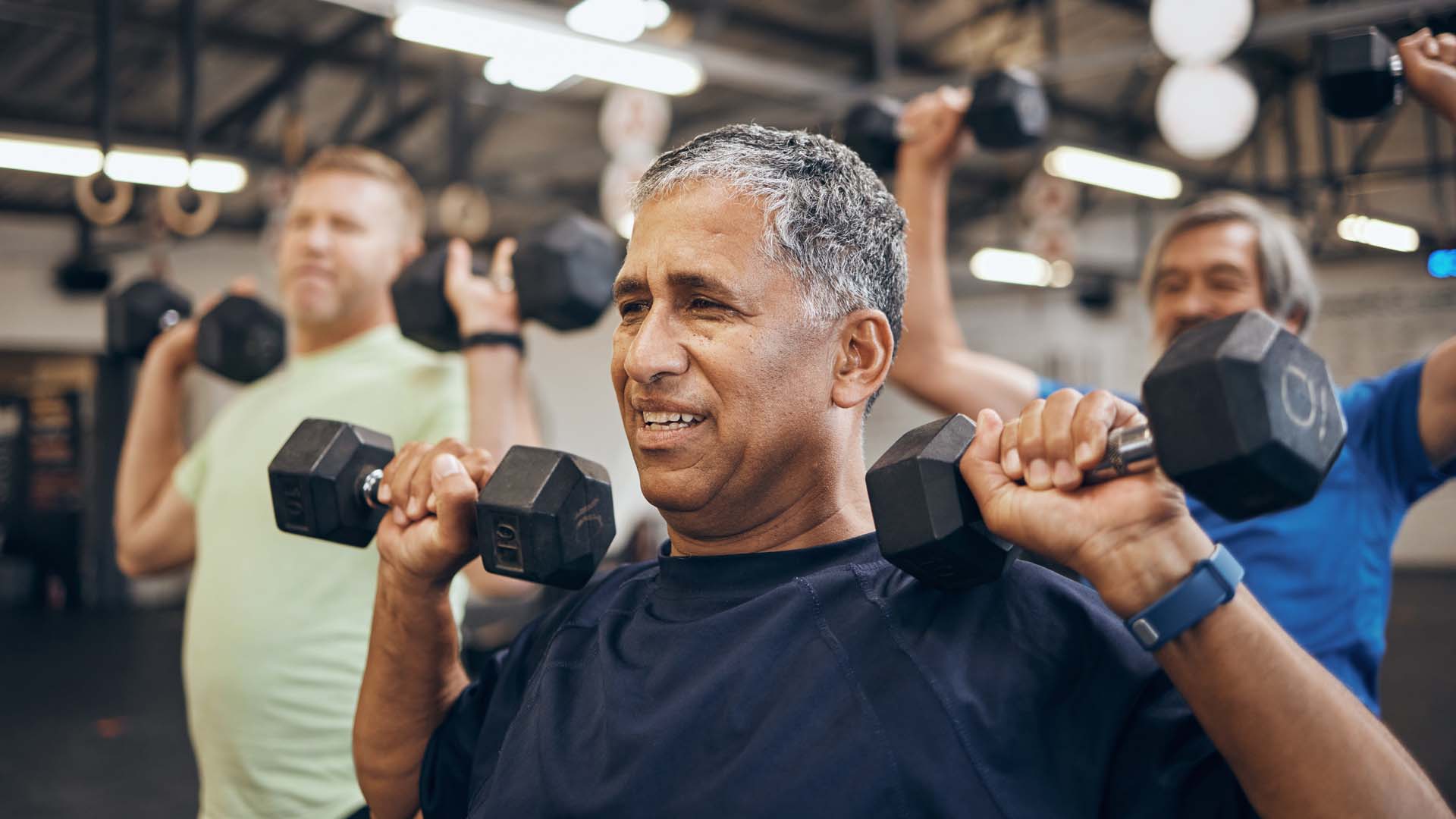
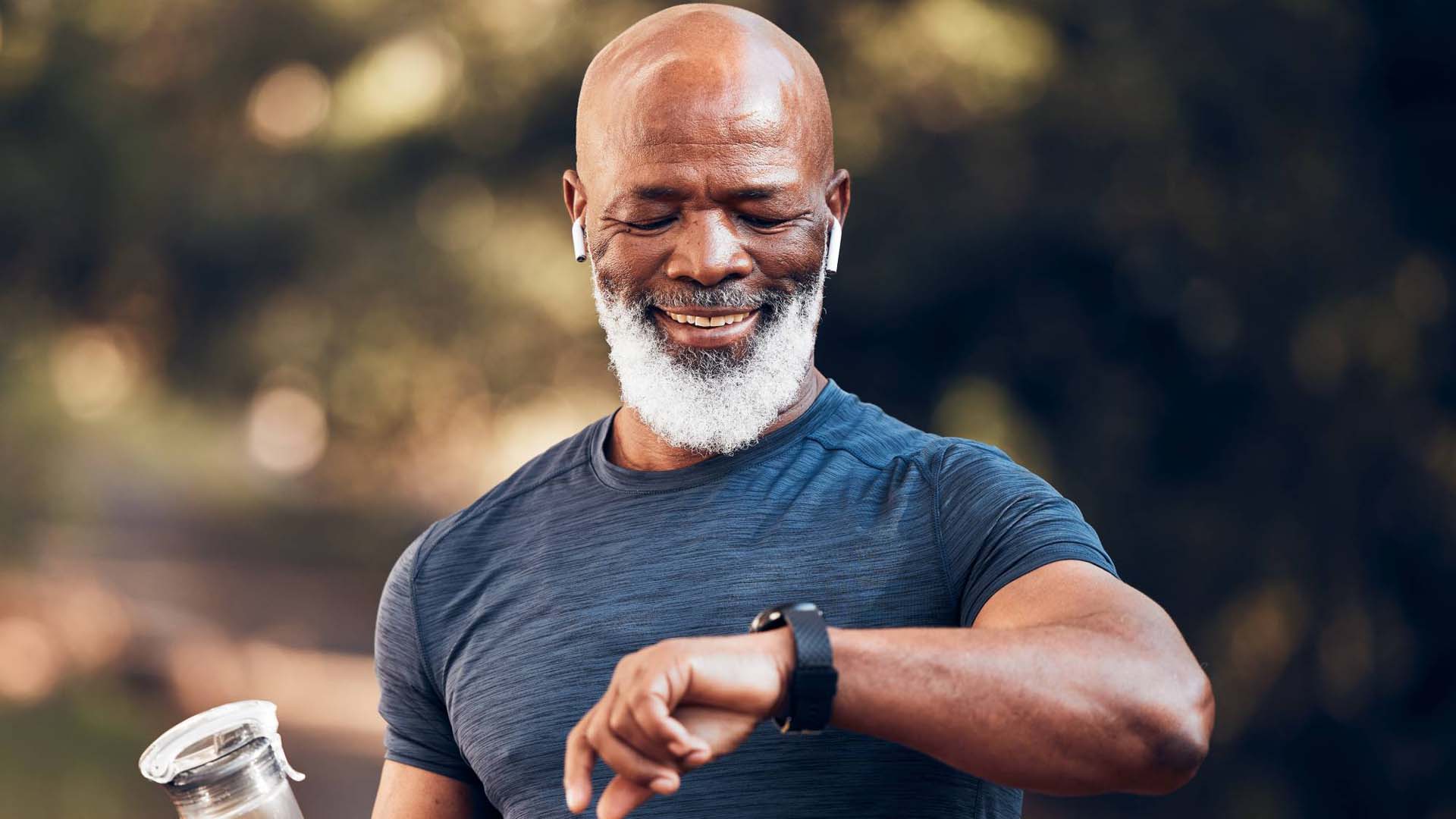
Your questions answered about what really is a good 5k time.
